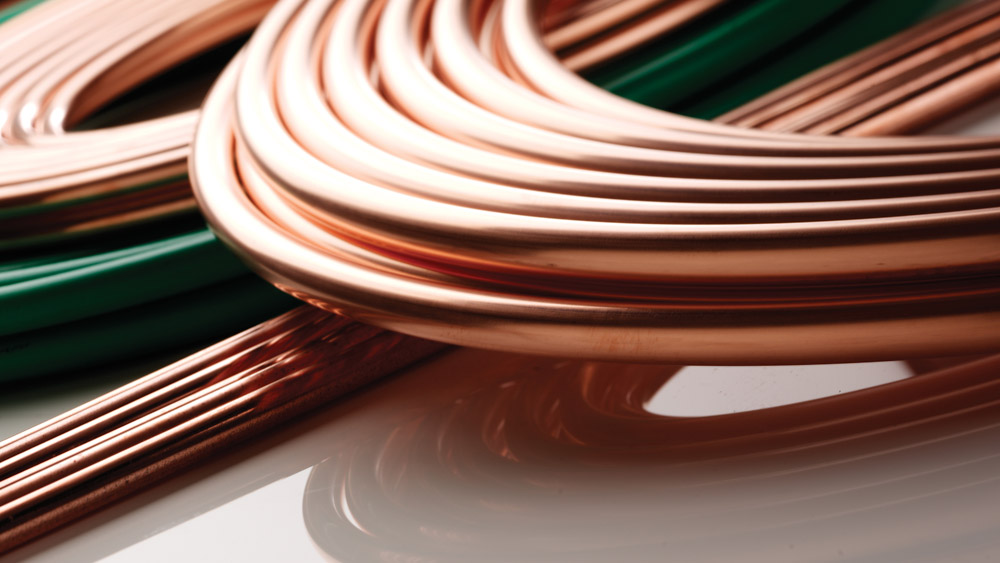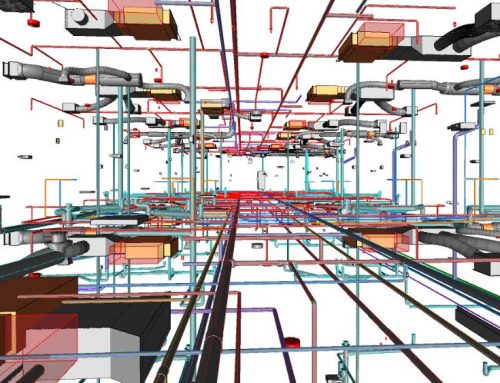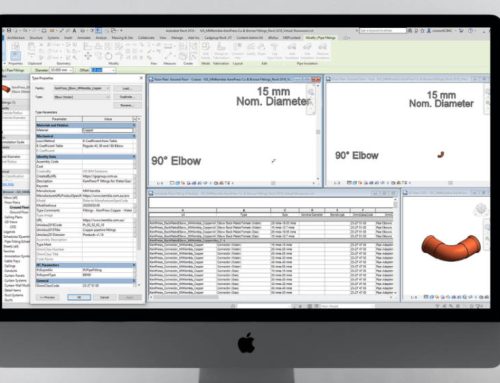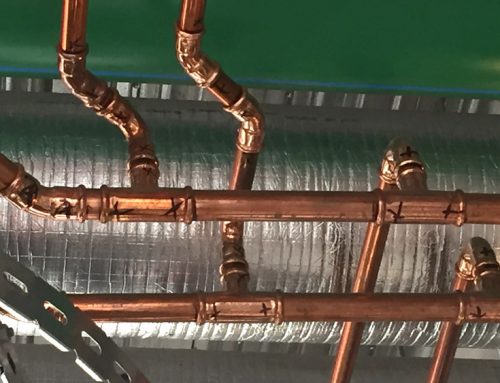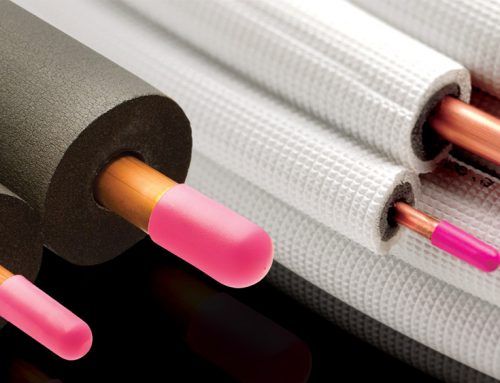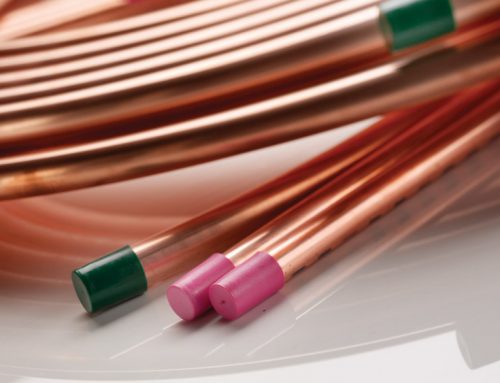Three Key Reasons Why Copper Has Superior Health Benefits
1. ‘Copper has a unique ability to reduce the threat of disease from waterborne bacteria’.
- Copper, when compared to plastic pipes, has demonstrated superior control of waterborne bacteria.
- Prior studies have demonstrated the antimicrobial behaviour of copper and the inhibitory effect of copper plumbing tube on bacteria and viruses.
- Controlled laboratory tests demonstrate that certain viruses and bacteria are inhibited by copper plumbing tube. For example; Polio Virus, E-coli O157, and Legionella Pneumophilia.
- 97% of Polio virus type 1 and 96% of Polio virus type 2 were reduced by passing through ‘aged’ copper plumbing tube. And in ‘new’ copper plumbing tube, 80% of Polio virus type 2 was removed within 3 hours. The virus was completely eliminated within 24 hours.
- It has also been demonstrated that copper plumbing tube inhibits the growth of Pseudomonas fluorescens, Bacillus subtilis, and Bacteriophage MS2, which can cause gastrointestinal disturbance.
- It does not take high concentrations of copper in water to reduce the viruses. In overnight stagnant water in copper pipe, it was found that only 0.6mg of copper per litre was leached to the water – significantly below World Health Organisation guidelines.
2. ‘Copper reduces the growth of bacteria responsible for Legionnaire’s disease’
- Copper is ten times more effective at controlling Legionella pneumophilia, a cause of legionnaires’s disease, than PEX (cross linked polyethylene)
- A new study undertaken by KIWA, the Dutch water quality research institute, simulated domestic usage of different hot water systems for just under one year. Results demonstrated that the Legionella concentration in the water of copper pipes was ten times less than in cross-linked polyethylene pipes (PEX).
3. ‘Plastic chemicals leach through to drinking water’
- Unlike copper tube, plastic products present the potential for many undesirable chemicals to leach through to the drinking water.
- Manufacturers have their own undisclosed recipes for the formulation of plastic pipes. (I.e. you don’t know what you’re getting). There is no universal control of the composition and there is potential for substances harmful to humans, to be leached from the in-service pipes.
- The metals in copper pipe are simple and defineable, and are tested to meet International Standards. (I.e. the composition of copper tube is clear, you know exactly what you’re getting).
- The health effects of chemicals leached from plastic tube range from liver and kidney effects, to adverse health outcomes on the reproductive, developmental, immune and nervous systems, endocrine disruption, and/or carcinogenicity. (Referenced below).
- The “SCHOLARLY REVIEW” (referenced below), shows that;
- numerous chemical substances in polymeric tubing have the potential to migrate from the pipe into drinking water. Migration may vary significantly among pipes, depending on the materials/resins used in manufacturing and extrusion, differing location/environmental conditions and usage patterns.
- The possible health effects of some leachates have been studied in animals and/or humans.
- The majority of constituents or additives in plastic pipes have not been monitored and/or evaluated toxicologically. Chemical compounds are not routinely measured at the tap and the potential for additive or synergistic adverse health effects in situ is not well characterized. Health and water authorities may not even be aware of the potential risks, especially to sensitive subpopulations.
REFERENCES
- Hum. Ecol. Risk Assess. Vol. 14, No.4, 2008 773 B.R. Stern and G. Lagos
- “SCHOLARLY REVIEW” Are There Health Risks from the Migration of Chemical Substances from Plastic Pipes into Drinking Water? A Review” by Bonnie Ransom Stern1 and Gustavo Lagos2 (1Consulting in Health Sciences and Risk Assessment, BR Stern and Associates, Annandale, VA, USA; 2Pontificia Universidad Cat´olica de Chile, Santiago, Chile)
- http://www.copper.com.au/cdc/article.asp?CID=56&AID=204
